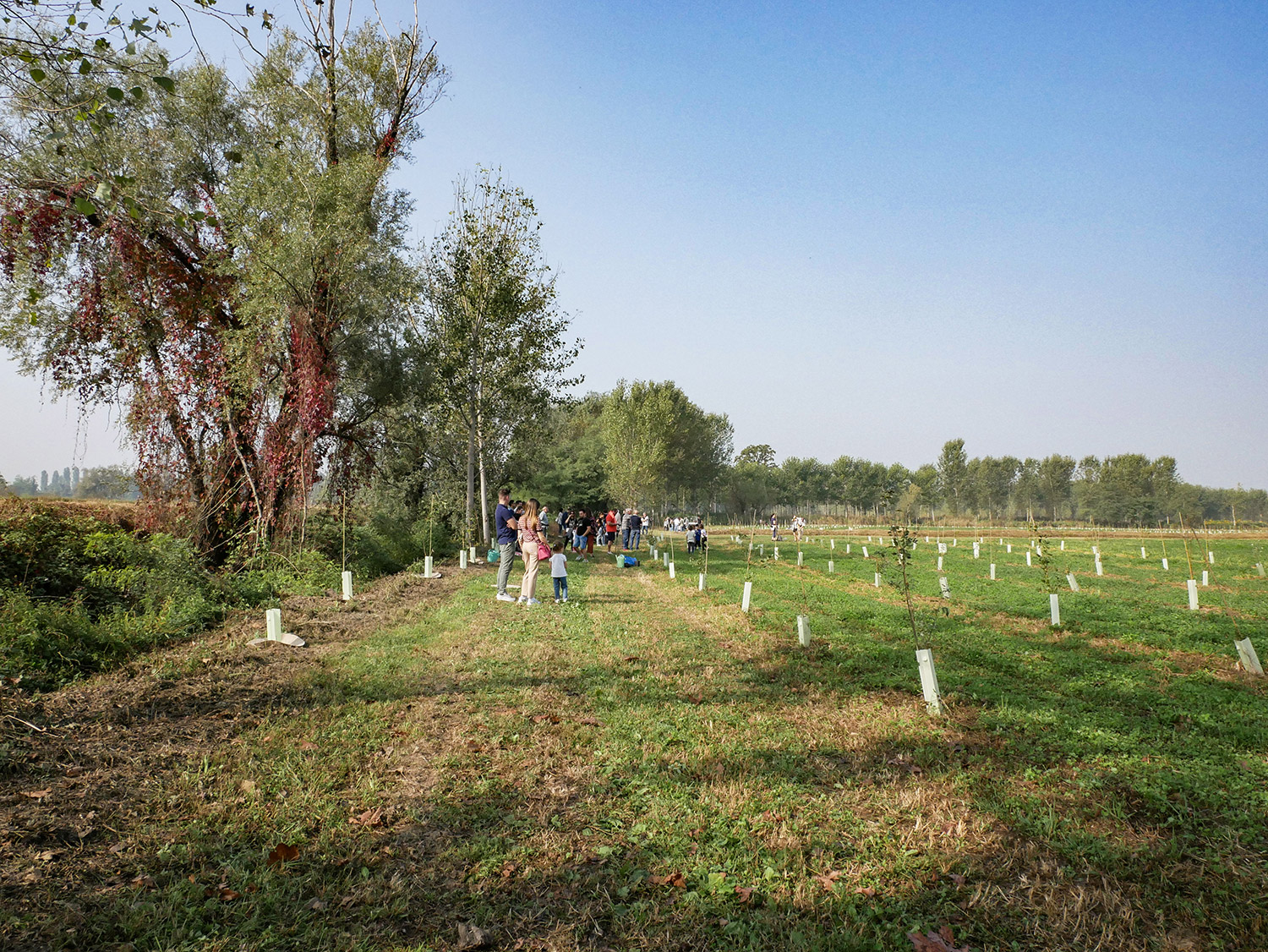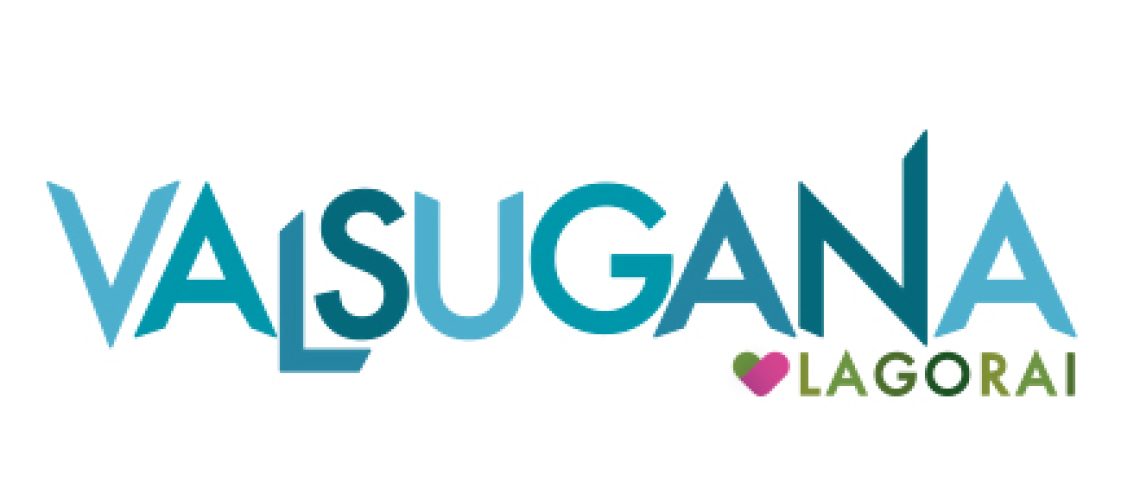
Sustainable Tourism, despite the problems created by the lockdown, is growing fast: demand is increasing, destinations and tourism operators are developing more sustainable products and offers. But what does sustainable tourism really mean? How can it be measured and communicated to the end consumer and industry operators?
GSTC certification: what it is and why it is so important
The Global Sustainable Tourism Council – GSTC – is a non-governmental organization established in 2007 with the support of UNEP – United Nations Environment Programme – and UNWTO – United Nations World Tourism Organization – to promote sustainability and social responsibility in the tourism sector. The GSTC is formed by a worldwide network of stakeholders from the tourism sector, all with different interests and needs: international tour operators, governmental organizations, national tourism councils, destinations and local and international hospitality brands.
It’s no longer enough to claim to be sustainable – you have to be sustainable.
GSTC certification, in other words, acts as a guarantee for all those who want to experience tourism in a sustainable way: if that particular tourist destination meets the GSTC criteria and standards, it means that it has the minimum requirements to be sustainable. Because with the growing demand and awareness of users, it is no longer enough to declare oneself sustainable: only a third-party auditor recognized by the GSTC can certify that the minimum requirements have actually been achieved and that there is a monitoring path to ensure the benefits over time. GSTC certification has exactly this function.
Tourist destinations are evolving and the word “sustainable” no longer has any effect on the consumer if the destination is not truly sustainable; tourists have become more attentive, they ask more questions, they want to live an authentic experience in full respect of the environment. Maximizing economic benefits for the host community and minimizing negative impacts on the environment is the mission of any destination that aspires to achieve GSTC certification.
The GSTC Criteria
The GSTC criteria are developed around four foundational concepts:
- Sustainable management, to plan for sustainability effectively
- Socio-economic sustainability, to maximize social and economic benefits to the local community and minimize negative impacts;
- Cultural sustainability, to increase the cultural heritage, maximizing the benefits on it and minimizing negative impacts;
- Environmental sustainability, to reduce negative impacts on environmental heritage and maximize positive impacts
Valsugana: the first GSTC certified destination in the world
Valsugana is the first destination in the world to have obtained the certification for sustainable tourism according to GSTC criteria. The goal was achieved after numerous meetings in the area with the active participation of more than 100 stakeholders including public administrations, operators and associations, which in various ways have discussed the issues of sustainability. The GSTC certification of Valsugana certifies an extraordinarily important result that rewards the lifestyle and the values of a tourist destination that has always distinguished itself for the values related to nature, environment and sustainability.
Arte Sella, in Valsugana, is included in the GSTC Certification and contributes through its cultural projects and the reforestation of the areas heavily affected by the 2018 Vaia storm to support the destination’s path to sustainability.







